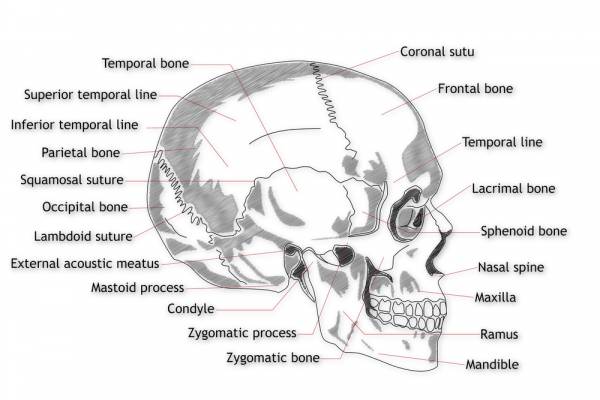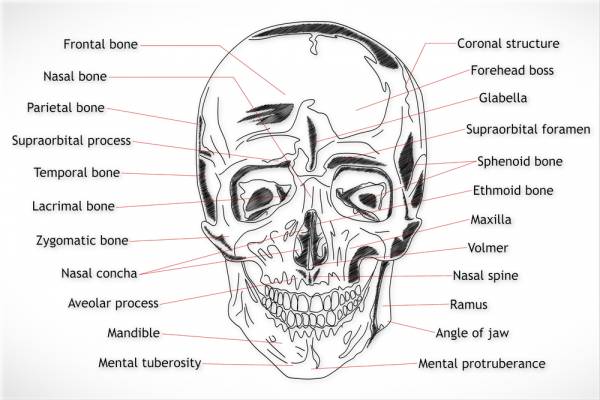The human body is amazing. Scientists and anatomists are continuing to learn about our flesh-based machine driven by a fluid structure that is our brain. The human body still has much to reveal. We have not yet touched the tip of the iceberg in terms of learning everything there is to know about our billions of cells cosmically colliding to form a chemically-balanced environment for our brain to drive.
But our brain is fragile. We hear about maladies boxers, football players, and MMA fighters suffer from receiving repeated blows or impacts to their head. You may not personally have had experience with any of these activities, but you may have had impact to your skull from a fall, hitting your head on the ground, or another activity. Think about it. Even a car accident can leave lasting impressions on the skull. Has your head ever received any type of impact? My guess is the answer is “yes.”
If you can relate, then seeking medical attention is the foremost priority. After that, visit with a massage therapist or cranial sacral therapist to relieve pressure from the tensed muscles of the face and bones. Muscular tensing can pinch nerves that provide our ability to sense and navigate our world.
Common symptoms that may result from head impact:
- Headaches
- Migraines
- Dizziness spells
- Congestion
- Sinus Pressure
- Forgetfulness
- Feeling pressure, a squeeze or vice grip feeling in your head
- Ringing in ears
- Twitching eyes
- Snoring
- Internal pressure behind eyes
- Pressure increases when inverted (as in handstands or down dog)
- Clenching of jaw
There are 22 major bones that make up our skull, fourteen facial bones and eight cranial bones. They are like the tectonic plates on the Earth. Even with their many sutures, cavities, sinuses, and fontanels, these bones have the ability to move. There are layers of connective and fibrous tissues outside and inside the skull. Three layers of fibrous tissue make up an impermeable membrane enclosing the cerebrospinal fluid and protecting the brain. These are called the meninges or pia mater, arachnoid mater, and dura mater.

Our skull is the helmet of protection for our brain, and only these thin layers of fluid-filled membranes cushion impact. The specific location of impact on your skull can cause that cranial or facial bone to move. I am not talking about a gross movement, but the bone does have the ability to shift out of alignment. In the event of collision, muscles may tighten around the bone and cause prolonged tensing.
 The number of blows my own skull took from boxing, MMA, accidents, and impact are too great in number to count. Over the years, the above symptoms continued to stack up until I could literally feel squeezing around the inside of my eyes and upper palate. I had twitches around my left eye, dizziness spells lasting for days, and an overall feeling of pressure on the inside of my skull.
The number of blows my own skull took from boxing, MMA, accidents, and impact are too great in number to count. Over the years, the above symptoms continued to stack up until I could literally feel squeezing around the inside of my eyes and upper palate. I had twitches around my left eye, dizziness spells lasting for days, and an overall feeling of pressure on the inside of my skull.
Within three sessions of having my therapist work on the muscles in my mouth, and around my nose, sphenoid bone, and cervical vertebrae, I felt huge relief from the internal pressures, snoring, squeezing, jaw clenching, congestion, and twitching. The most interesting finding was my body’s new sense of balance and mobility. My proprioception and vestibular functioning changed dramatically. Basically, my entire body was realigned by focusing on my facial bones and sphenoid bone.
Review your medical history and recall moments of impact. Receive treatment to your neck, face, jaw, and skull. Ask your therapist to send you home with a long-term treatment plan including stretches, exercises, and points for self massage. The health of your brain is essential in your ability to function in life. Anything you can do from here on out will help in keeping your brain healthy for the rest of your life.
Think about it.
Photos courtesy of Shutterstock.






